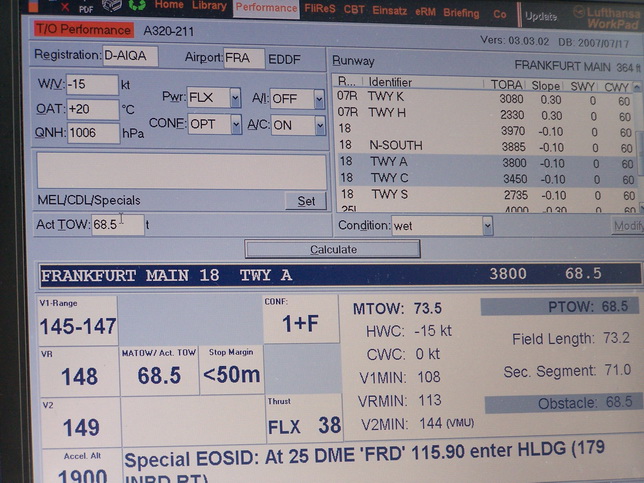I am very interested in the principles of take-off performance optimization. During my research I found an interesting picture, showing the software used by a European carrier.
However, the output presented shows a value I do not understand:
In the lower right corner, the following values are shown:
PTOW: 68.5
Field Length: 73.2
Sec. Segment: 71.0
Obstacle: 68.5
I do not understand what the Second Segment limit stands for.
I know about the different phases of the take-off run, however I am not aware how the Second Segment could be limited by any other weight than the Obstacle Clearing weight.

